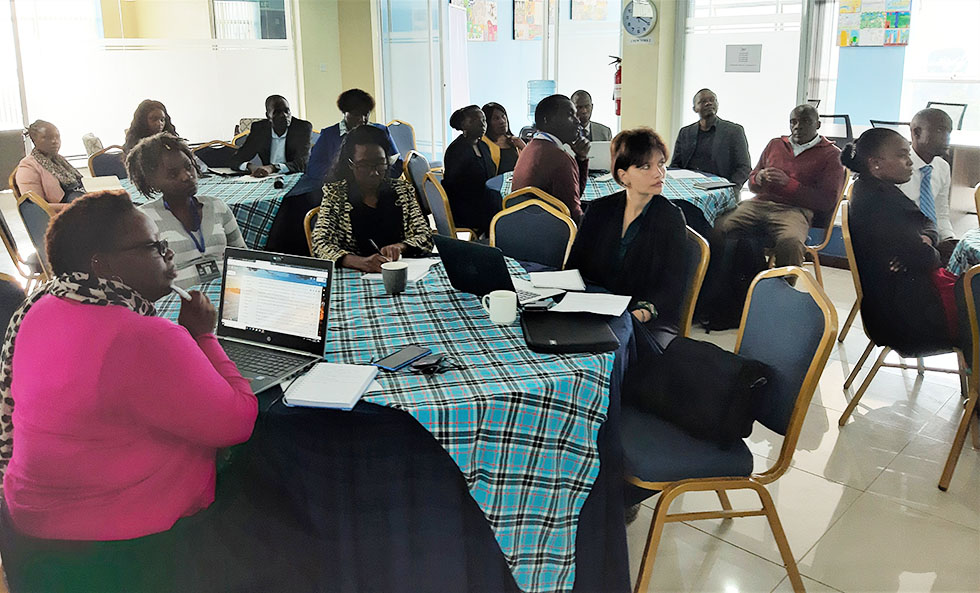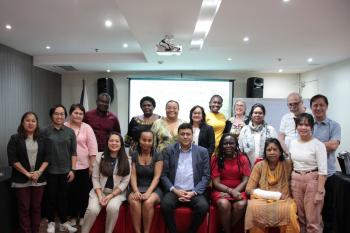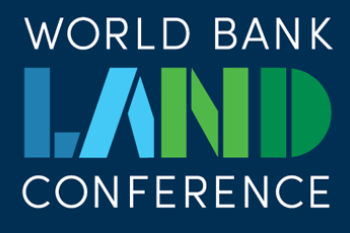How Can We Govern Land on the Fringes of African Cities to Ensure Sustainable Urban Growth?
The Global Land Tool Network (GLTN), the French Institute for Research in African and the Columbia Global Center of Nairobi, held a half-day workshop recently on “Governing land at the fringes of African cities. Challenges, research questions and empirical evidence”. While cities in Africa, as in other parts of the world, are growing at an unprecedent pace (in 2050, around 55 % of the continent’s city will live in towns), land-related challenges triggered by this rapid urban sprawl are rarely addressed by either land or urban policies. The challenge raises so many questions:
- How are the fast-growing edges of most African cities being governed? Is it working?
- What policies and planning tools are in place in peri-urban areas and how are they applied?
- What impact does rapid urban growth have on the access to housing, infrastructure and basic services?
- How is land being transacted and how are local authorities dealing with the challenge of land, particularly the land market which is being engaged with by both genuine buyers as well as speculators and investors?
 Participants attending the peri-urban land markets event. Photo: UNHABITAT/Sina Schlimmer.
Participants attending the peri-urban land markets event. Photo: UNHABITAT/Sina Schlimmer.
The Global Land Tool Network, the French Institute for Research in Africa and the Columbia Global Center of Nairobi, joined together last week at a workshop to reflect on this very issue of land and tenure security governance at the fringes of African cities – those peri-urban zones, reaching from the suburbs to the agricultural fringes surrounding cities. Bringing together a range of stakeholders (academia, civil society, international organizations, local government representatives, land professionals, such as surveyors and planners, etc.) and high-level speakers, the event discussed the impacts of rapid urbanization on the outskirts of African cities on land rights, land use and land commodification in the areas, where these effects are the most visible. Observations, experience and empirical evidence from Kenya and India were presented and debated. UN-Habitat’s Land and Global Land Tool Network (GLTN) Unit Leader, Mr Oumar Sylla, observed that cities are the engines of development, if access to and control over land is managed and planned properly. In many instances, however, administrators, governors, land users and investors meet numerous challenges when it comes to the management of and the access to land in peri-urban zones. Participants had a vibrant discussion on the challenges of informal land-buying and selling, the lack of regulation of land use transformation (e.g. from pastoralist and agricultural into residential and commercial land uses), uncontrolled land subdivision as well as rising land speculation. Various alternatives were offered such as 1) producing more general and coordinated research on the different aspects of land in peri-urban areas and 2) defining solutions for these problems through participative and bottom-up policy making. In his evidence-based presentation about ongoing land use transformations in different adjacent counties of Nairobi (Kiambu, Kajiado, Ngong, Ruaka, etc.) the director of the Town and County Planners Association of Kenya, Mr Mairura Omwega, stressed the risks of what he coined as ‘’absent planning’’ in terms of land and natural resources scarcity. For example, the fertile agricultural land of Kiambu county, one of Nairobi’s fringe but agriculturally productive areas known for its coffee production. These days, agriculture is on the decline in Kiambu as the county’s proximity to Nairobi sees significant parcels of land being converted into residential development zones, especially for large gated communities. This development trend was being experienced in other counties close to Nairobi such as Kajiado County, where the areas famous water springs are giving way to residential and industrial construction. The impacts of rapid urbanization on soil degradation and the environment more generally are similar in India. Genuine land owners without a regular income, tend to sell land to get access to “fast cash” and, in some cases, to quickly reinvest it into the construction of residential building with low-quality materials. Interestingly, urban growth and the spatial expansion of cities in India can be observed not only in bigger agglomerations, as it is the case in Kenya, but also in intermediate and satellite towns. While political will and financial capacities of governments to take control over land in these hybrid zones are often limited, participants were able to provide encouraging examples of transparent and efficient land governance. For example, Mr Philip Murkuku, the Director of Land Administration in Kajiado County, presented an innovative land information management system through which land transactions are registered in a more transparent manner due to improved checks and balances. This relatively new programme could become a model for land market regulation for other counties across Kenya but also other countries. To conclude the event, participants called for more substantive and organized dialogue between all key stakeholders recognizing that government alone cannot manage the complexity of the challenge or come up with all the solutions. Researchers, practitioners, private sector actors and experts are needed around the table in order to define new and to improve existing approaches, such as GLTN’s tenure-responsive land use planning, a tool which enables stakeholders to transform the challenges of uncontrolled urban sprawl into an opportunity for inclusive socio-economic growth.


